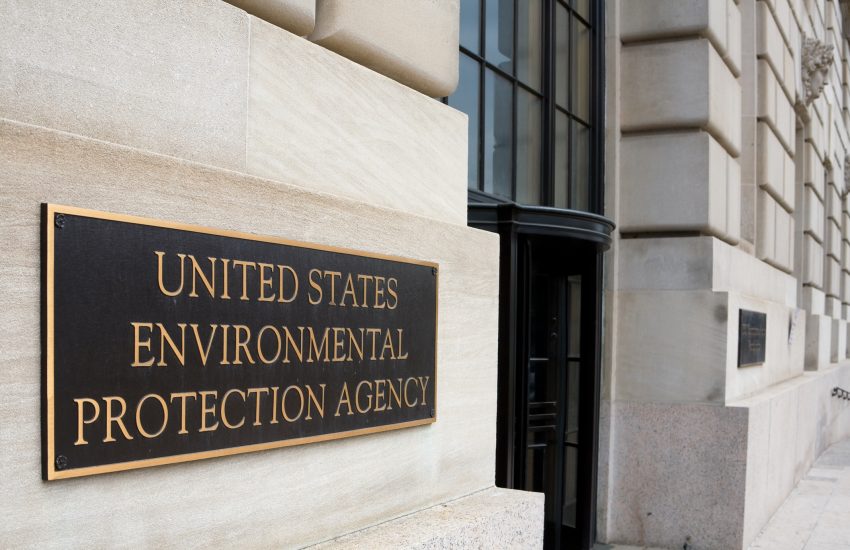Last week, four environmental groups sued the Environmental Protection Agency (EPA) for failing to assess the hard-data consequences of pesticides in its approval process.
Back in 1987, the Environmental Protection Agency (“EPA”) created lists of pesticides, dividing inert ingredients into four categories based on their toxicological concern; List 1-Inerts of toxicological concern, List 2-Potentially toxic inerts/high priority for testing, List 3-Inerts of unknown toxicity, and List 4-Inerts of minimal concern.
Despite this list clearly demonstrating that the EPA has been aware—for decades—of the potential for inert ingredients to be hazardous to air and water quality in their own right, current EPA regulations only mandate that companies perform research and transmit findings on a pesticide’s “active” ingredient, in isolation.
This regulatory framework has not gone unchallenged. As recently 2017, the Center for Food Safety filed a petition for the EPA to cure this alleged defect in the pesticide registration process. Among the points made in the petition, in addition to the EPA’s knowledge of potentially toxic inert ingredients, was to acknowledge the scientific data that when a pesticide mixes these so-called inert ingredients with the marquee “active” ingredients, the resulting compound can increase pesticide exposure, toxicity, and ecotoxicity, both individually and through complementary interactions in the final product.
Now, in the complaint filed in California district court by the food advocacy groups, they are asking the Court to declare that the EPA is violating federal laws by failing to respond to the 2017 petition, and for the Court to require a response within 90 days.
“The EPA sat on this petition for more than five years now,” said Center for Food Safety senior attorney Sylvia Wu. “Other than taking comments in 2015, EPA has done nothing. So we filed a petition to put the ask before the EPA and now we’re taking legal action to make sure that EPA does respond to this incredible concern.”
Environmental groups and some state governments on the side of the Center for Food Safety are cautiously optimistic that the mounting pressure on the EPA, especially in light of the change in administration since the 2017 petition, will result in a more comprehensive, dynamic regulatory scheme for supposed inert pesticide ingredients, while admitting they do not know what that might look like.
Industry observers are more circumspect, concluding that any action by the EPA will necessarily result in changes to existing regulations, or additional regulations, which will transfer the burden of a burgeoning awareness of the problem into a resource-draining compliance issue for pesticide manufacturers.

